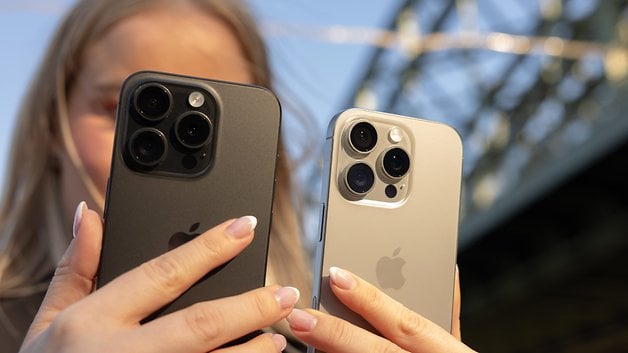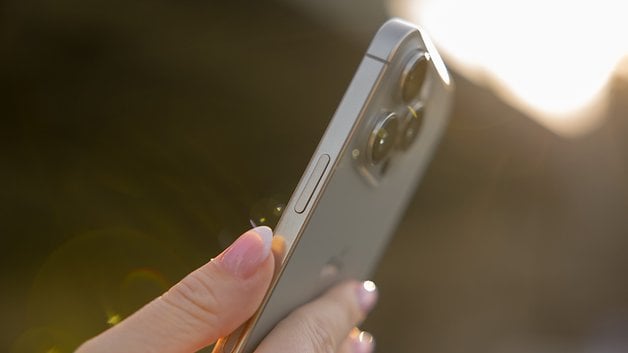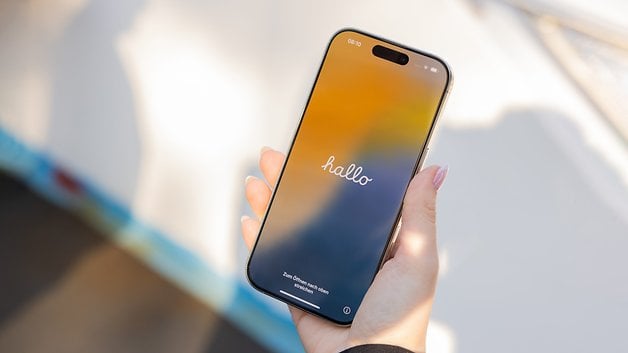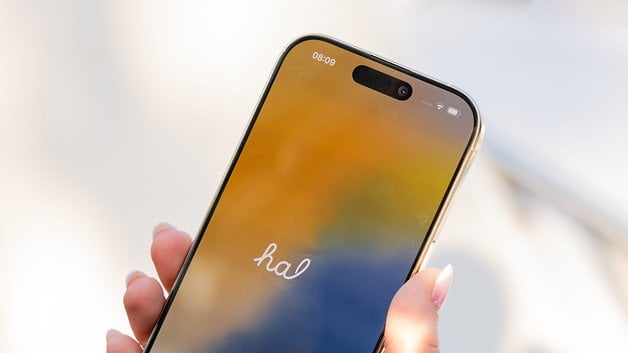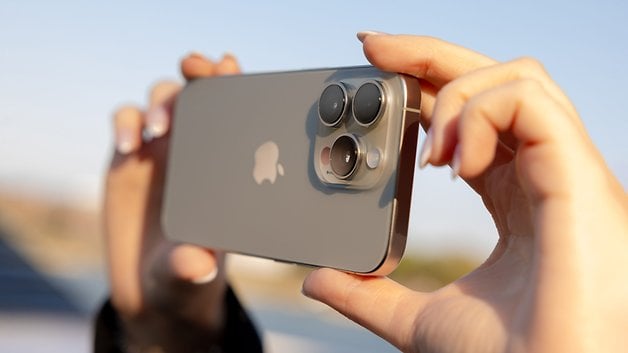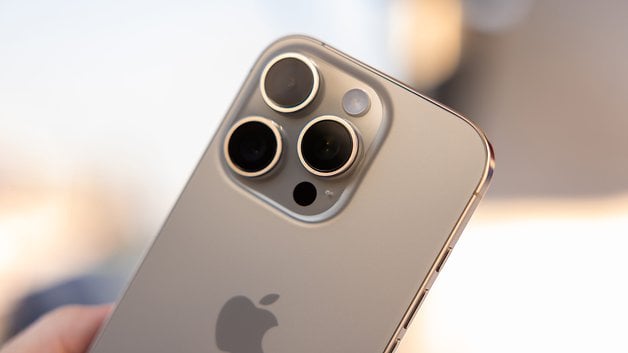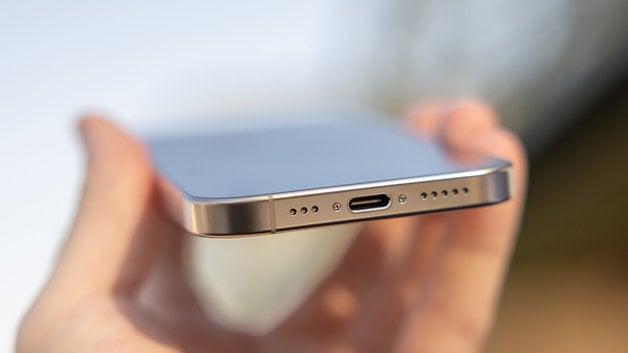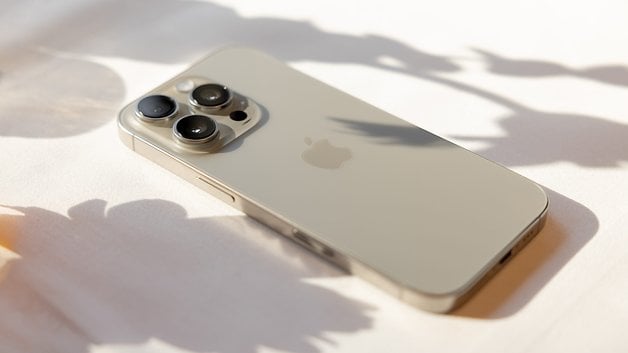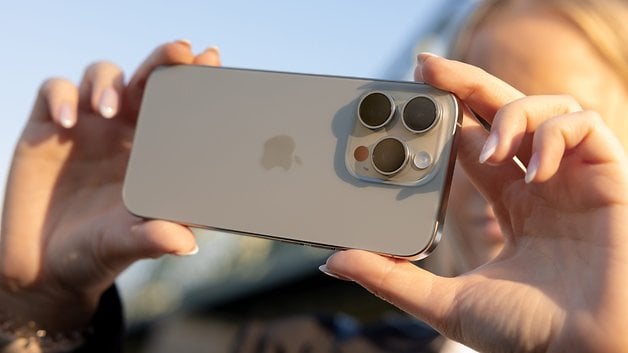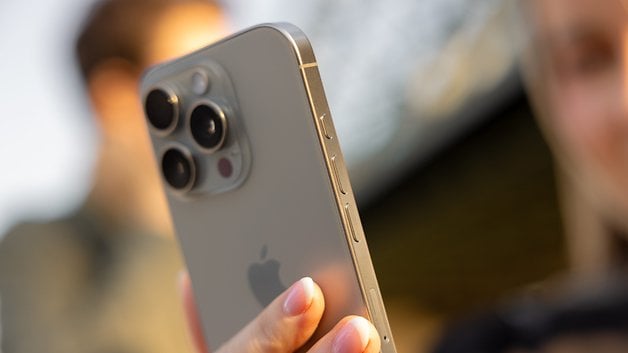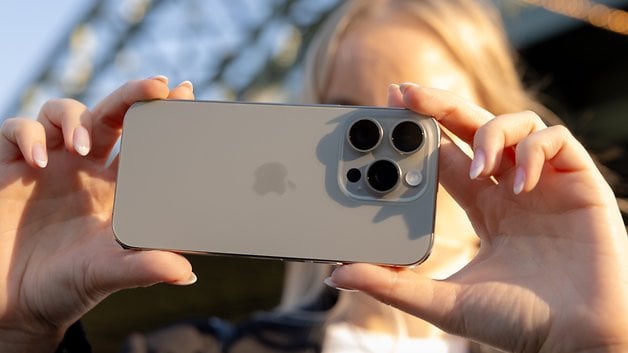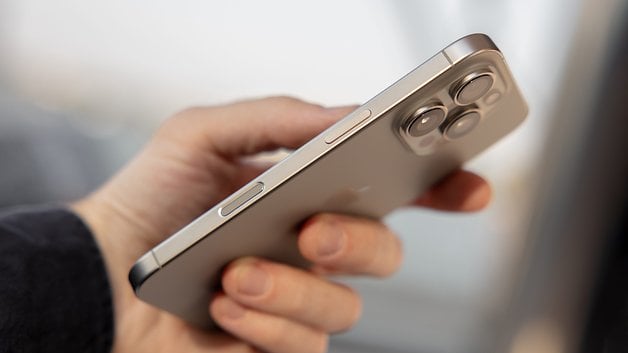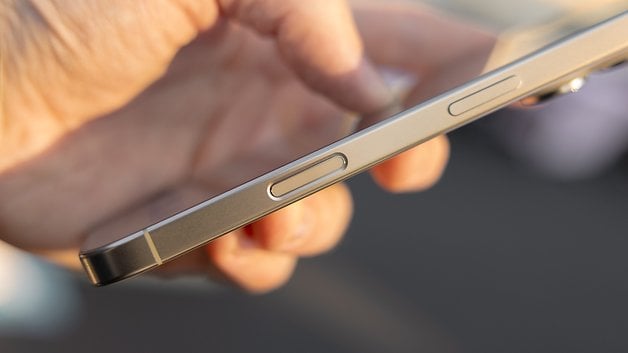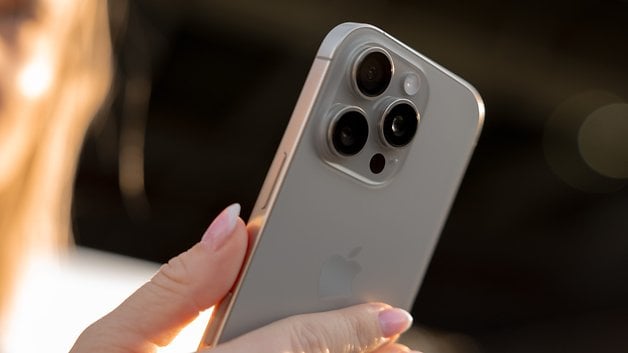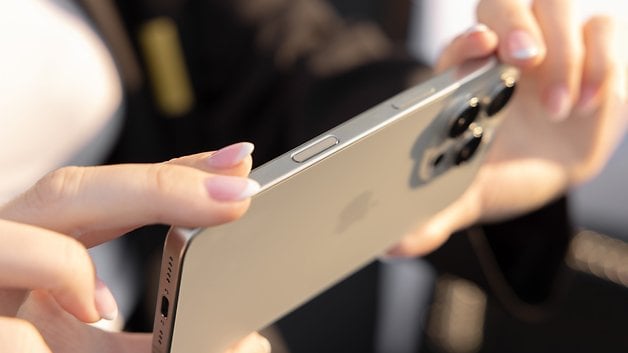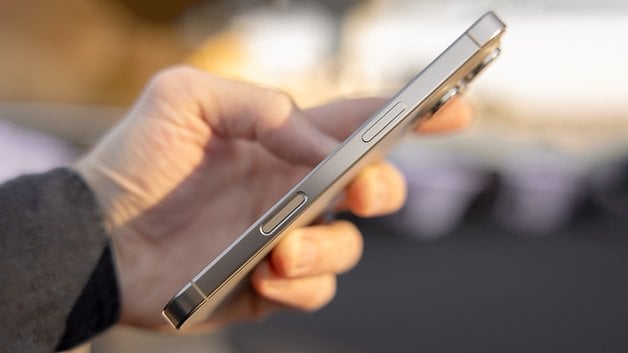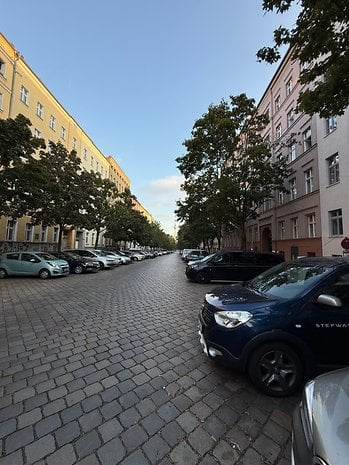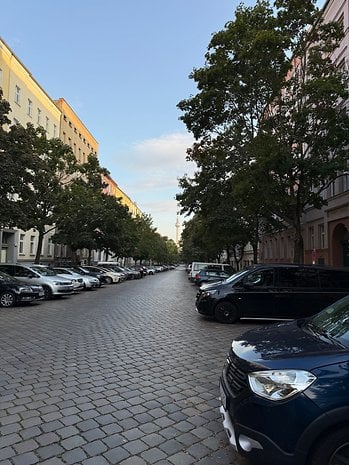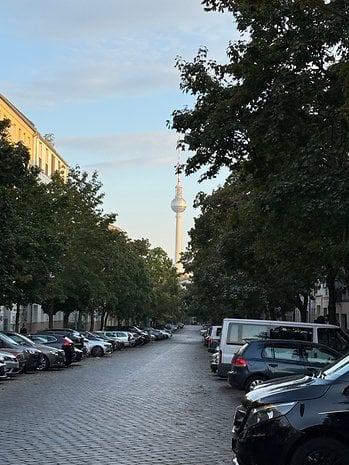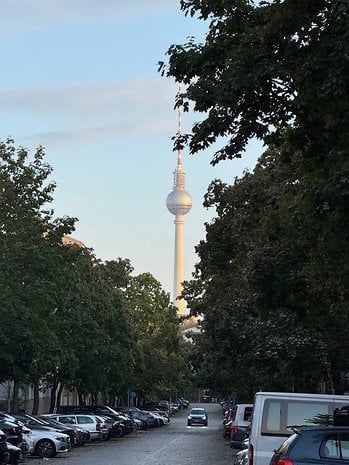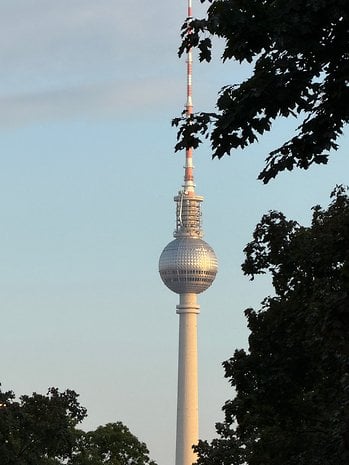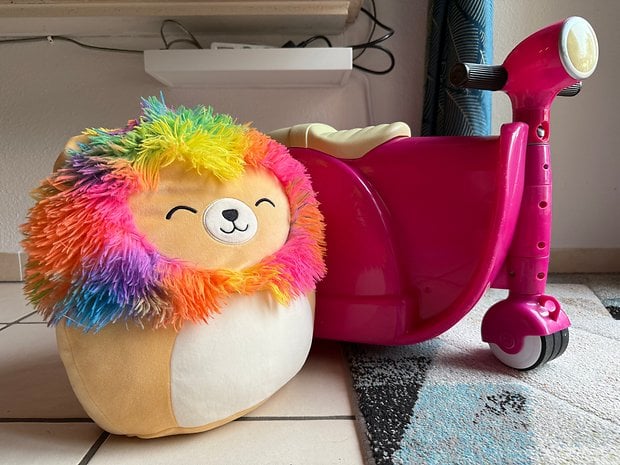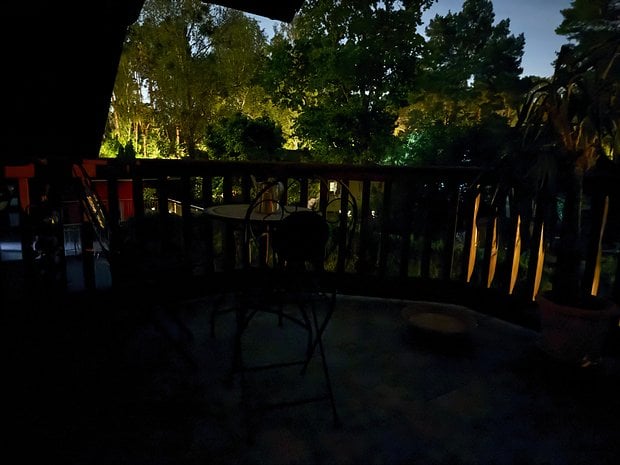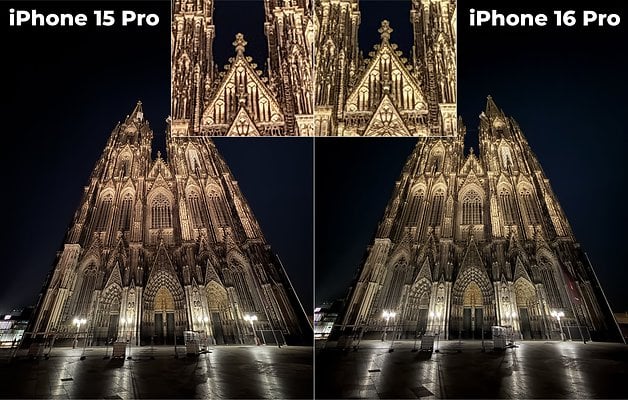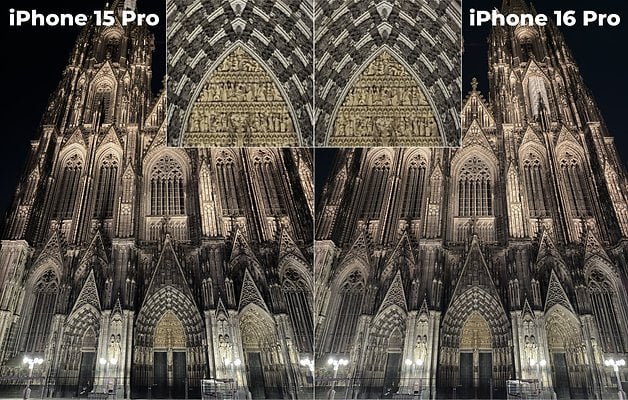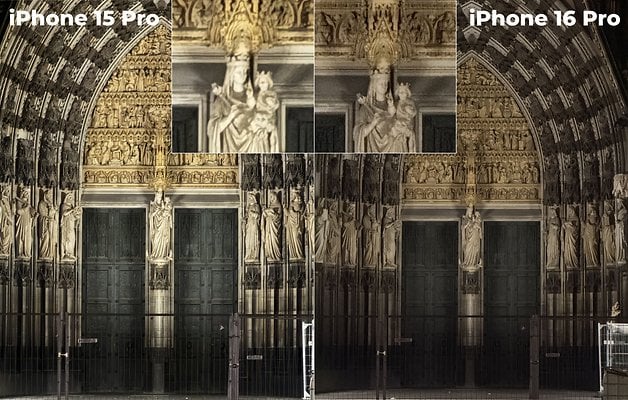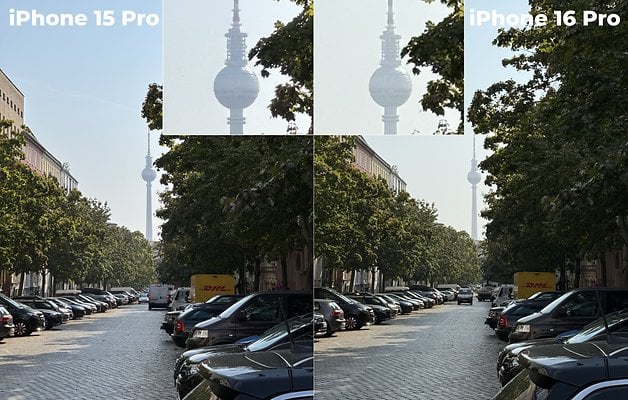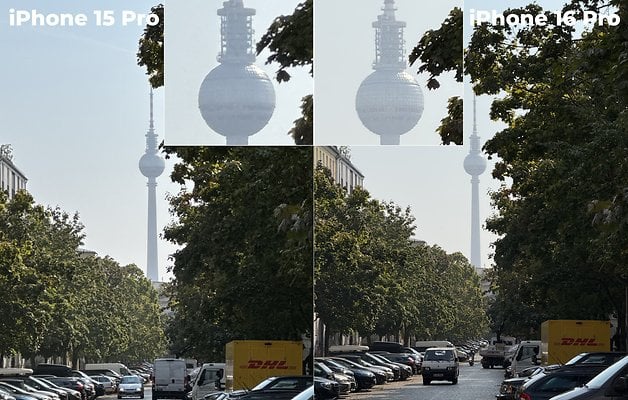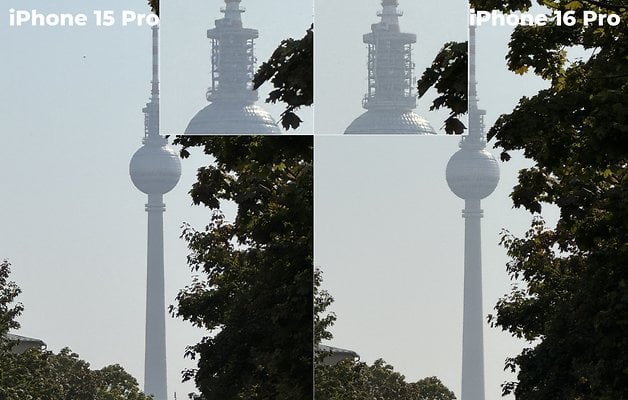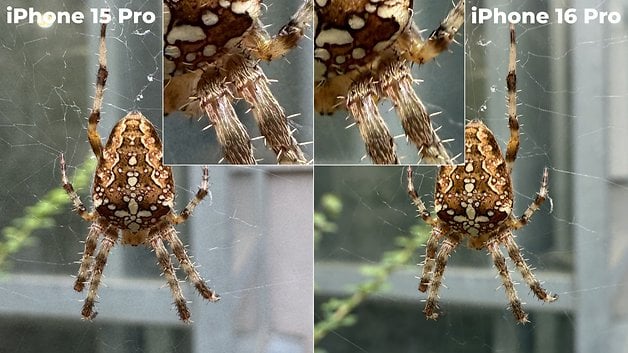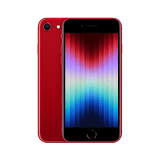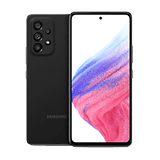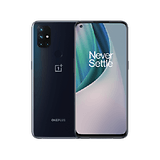Apple iPhone 16 Pro: A Great Phone, Minus the AI
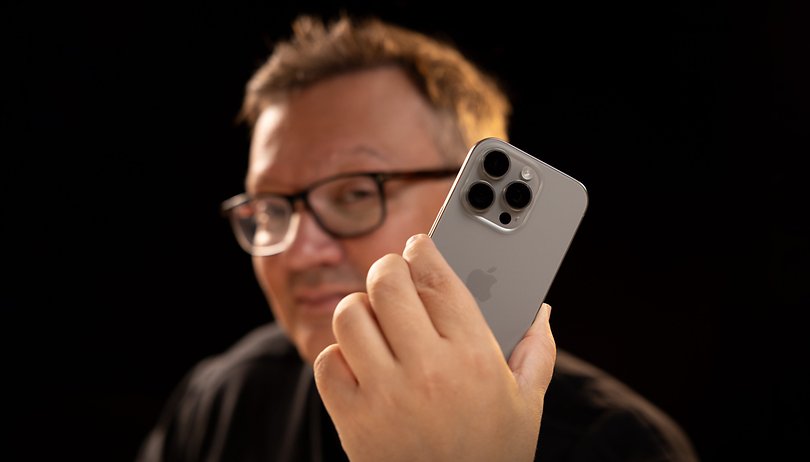

The iPhone 16 Pro and 16 Pro Max are Apple's new flagship smartphones, at least until September 2025. On the outside, hardly anything has changed: The design and display remain identical to their predecessors, and there are also few to no changes in terms of colors and titanium as a material.
Underneath the hood, however, things are different: The iPhone 16 Pro offers some notable new features, particularly when it comes to the processor. Yes, the iPhone has been equipped with a new button as well. Is it worth upgrading to the iPhone 16 Pro and for whom? Find out in our review.
Good
- High-quality workmanship with more robust material
- Improved camera, especially at night
- Noticeably longer battery life
- Camera Control button is really fun
- Powerful A18 Pro chipset
Bad
- No major changes compared to the iPhone 15 Pro
- No Glowtime without Apple Intelligence
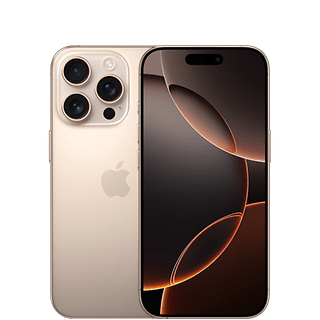
iPhone 16 Pro Design & Display: Robust Titanium, Elegant but Boring Colors
If you were to hold the iPhone 15 Pro and the iPhone 16 Pro under your nose, you probably wouldn't be able to tell the difference at first glance. It's a bit like identical twins. You know they are each different after spending lots of time, although it can be very difficult to tell at the beginning.
Speaking of “inner, invisible values”, Apple redesigned the chassis to optimize heat dissipation. The aluminum structure on the inside, together with a special graphite coating, ensures up to 20 percent better thermal performance, which is particularly beneficial for intensive tasks such as mobile gaming or prolonged use of the camera.
The device is also IP68-certified, which not only guarantees dust resistance, but also able to last for 30 minutes underwater at a depth of up to 6 meters without suffering from any damage.
Otherwise, Apple remains true to the successful design of the iPhone Pro series of recent years. The design is angular with rounded corners, the frame is made of titanium, which is not only very durable and scratch-resistant compared to other materials, but also very light and looks damn good. It's a shame that you almost always carry your iPhone in a protective case.
Speaking of protective cases: If you are the proud owner of an iPhone 15 Pro protective case and are already looking forward to the fact that it might fit as I was just talking about virtually identical devices, I am sorry to disappoint you. The dimensions measuring 149.6 mm x 71.5 mm x 8.25 mm have increased slightly and will unfortunately prevent you from using your old case.
The new model is not only a tad larger, but at 199 grams, it is also marginally heavier than before. The bezels have shrunk, so the display area of the small Pro now measures 6.3-inch diagonally—while the iPhone 16 Pro Max has a full 6.9-inch.
The display really is a feast for the eyes. It has 460 ppi, high color fidelity, and great contrast. The 120 Hz refresh rate ensures buttery smooth scrolling. As the brightness of the OLED display ranges from 1 nit to 2,000 nits, you can read well both in bright sunshine and under the comforter.
The back of the iPhone is made of roughened glass and is coated with a material Apple calls “Ceramic Shield”. This is used both on the front of the display and on the back in a further improved form and makes the iPhone even more resistant than before. Apple even claimed this is the "toughest glass of all smartphones" and is extremely resistant to damage from drops and scratches.
I don't really want to drop my iPhone on the floor or drag it across a sand-covered floor. However, even after a good four weeks of use, the iPhone 16 Pro still looks like new.
What I found to be a pity is how a few brighter colors would also look good on the Pro line. You can currently choose from Desert, Natural, White, and Black Titanium shades. Please—don't get me wrong. The colors underline the minimalist yet elegant look of the device, but you could perhaps be a little bolder. Otherwise, it's the same as calling chinos “cheeky fashion”.
iPhone 16 Pro Performance
The heart of the iPhone 16 Pro is the new A18 Pro chip, which uses TSMC's second-generation 3 nm process. As usual, this chip delivers more powerful CPU and GPU performances and is once again at the forefront of performance this year.
The six-core CPU consists of two performance cores and four efficiency cores, and is touted to be up to 15 percent faster than the A17 Pro. The efficiency cores are particularly energy-efficient, so demanding tasks can be performed without straining the battery too much.
The new 16-core Neural Engine ensures that tasks based on machine learning and Apple Intelligence are executed even faster. This is particularly beneficial for speech processing and image editing. Compared to its predecessor, Apple has been able to increase performance by up to 15 percent, which is particularly noticeable in applications such as AI-supported photo editing.
For gamers, the six-core GPU with 2x faster ray tracing provides an even smoother gaming experience. Thanks to the optimized thermal architecture, the device remains pleasantly cool even during longer gaming sessions. Overall, the A18 Pro offers performance that will satisfy even the most demanding users without compromising battery life.
For the vast majority of tasks that an average user (like me) performs every day, the iPhone 16 Pro is overpowered. This is especially true because Apple Intelligence is not yet available.
Nevertheless, the manufacturer has promised that Apple Intelligence will roll out to more regions in 2025 at some point. In the worst-case scenario, we won't get the update until we're already holding the iPhone 17 in our hands.
Expressed in sober figures, the performance of the iPhone 16 Pro compared to its predecessor and the Snapdragon 8 Gen 3 as represented by the Galaxy S24 Ultra (review) here are as follows:
| iPhone 16 Pro (Apple A18 Pro) |
iPhone 15 Pro (Apple A17 Pro) |
Galaxy S24 Ultra (Snapdragon 8 Gen 3) |
|
|---|---|---|---|
| 3DMark Wild Life Extreme Stress Test |
|
|
|
| 3DMark Solar Bay stress test |
|
|
|
| Geekbench |
|
|
|
In most benchmarks, Apple manages to pull ahead of the competition with its latest flagship chip. Of course, MediaTek has just followed suit in this department and presented its high-end processor for 2025, which is based on the same TSMC node as Apple's A18 and Qualcomm's Snapdragon Summit is taking place next week. Hence, it remains an exciting race in the chip business.
For everyday use in particular, however, this has to be said: Both the iPhone 16 Pro and its predecessor and direct competitors offer more than enough performance for the vast majority of tasks and there is hardly any performance difference in reality.
How Good Is the iPhone 16 Pro's Camera?
As with every successive iPhone generation recently, the iPhone 16 Pro is on par with the Pro Max when it comes to the camera. This means just like the Pro Max, it now has 48 megapixels for the ultra-wide-angle lens, 48 megapixels for the main camera, and 5x zoom with 12 megapixels. This makes the iPhone 16 Pro partly worse than the iPhone 15 Pro and partly better, of course.
Unsurprisingly, the iPhone 16 Pro delivers great image quality that is on par with the other current top smartphones from Google, Samsung, and Xiaomi.
In bright daylight, photos are razor-sharp, with beautiful, largely accurate, and still realistic colors even if the trend towards "Instagram overcolor" has not completely passed Apple by. With photographic styles, you have the option to further customize results to your taste and, for instance, make the photos appear a little warmer or colder by default.
What is noticeable compared to the iPhone 15 Pro is how the camera has improved somewhat. The difference is particularly noticeable when photographing moving objects in less than perfect lighting conditions.
For instance, a frolicking child in a room. With the iPhone 16 Pro, the chance of capturing a sharp photo is simply slightly better. But still, even in 2024, the combination of low light and movement remains a poisoned chalice for smartphone cameras.
Speaking of low light conditions: In the dark, it is the automatically activated night mode that delivers great photos. However, you really have to hold the handset completely still here: The exposure time is three seconds by default, and the results, assuming you hold your breath, are very impressive. Even in poor lighting conditions, Apple managed to capture decent colors and good details in the photos.
- Also interesting: How the iPhone 16 Pro performed in the camera blind test according to the nextpit community
Now we come to the zoom and the sometimes poorer image quality than the iPhone 15 Pro. The difference can be seen from the technical specifications.
After Apple “extends” the telephoto camera in the iPhone 16 Pro from 3x to 5x, the iPhone 16 Pro still has to digitally zoom into the sensor of the main camera before switching to the 5x lens, and just before 5x, where there is lack of space. The iPhone 15 Pro, on the other hand, can already switch to a dedicated sensor at 3x.
Indeed, the difference shows at times. As you can see in the following photo gallery, the iPhone 15 Pro has the edge in image quality between 3x and 5x. The difference is most noticeable in low light conditions. For instance, if you really take many portraits in this focal length range and image quality is important to you, then you might actually want to consider the previous iPhone generation. Judge for yourself here:
Of course, at magnification levels above 5x, the iPhone 15 Pro runs out of steam in a direct comparison. What is more significant to you here? You can read more about the differences in image quality between the two iPhone Pro generations in Stefan's detailed article: iPhone 15 Pro vs. iPhone 16 Pro camera comparison.
Finally, there is the new button for Camera Control. You can use it to launch the camera app, take photos and use swipe gestures to make various settings, including exposure compensation or photographic styles.
You really have to get used to the new control element at first, but eventually, I practically use it to take photos even if there is an unintentional press here and there. That's probably the price you pay for the fact that the button is easily reachable.
Longer Battery Life & Faster Wireless Charging
Apple mentioned the battery performance of its iPhones has improved significantly this year. Thanks to the A18 Pro chip and optimized power management, the device can easily last a whole day in a mixed-usage scenario. This is a great advantage, especially when using processor-intensive tasks such as gaming or video editing.
MagSafe wireless charging has been increased to 25 W, which charges the iPhone 16 Pro significantly faster than its predecessors. If you're in a hurry, you can charge the device to 50 percent within 30 minutes using the MagSafe charger.
This is a welcome improvement for users who are often on the move. Yes, the competition can do this much faster. However, Apple mentioned in an interview that battery longevity was prioritized here and they were looking at other metrics than just fast charging.
Even if Apple does not fully exploit the benefits of fast charging, the changes are noticeable. Depending on your usage pattern, you can go up to two days without a charge.
iPhone 16 Pro Technical Specifications
| 2024 Pro Model | |
|---|---|
| Product | |
| Picture | 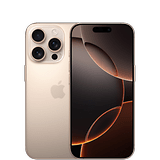 |
| Display |
|
| SoC |
|
| Memory |
|
| OS |
|
| Camera |
|
| Selfie Camera |
|
| Battery |
|
| Connectivity |
|
| IP Certification |
|
| Dimensions and weight |
|
Should You Buy the iPhone 16 Pro?
“It's Glowtime”—that was Apple's slogan for this year's iPhone event, which was also supposed to be the starting signal for the era of artificial intelligence. It is now clear that Apple will eventually deliver AI functions to areas outside the US.
The shock that certain countries in Europe were not included in the list of regions that would eventually receive Apple Intelligence was initially profound. Moreover, I was extremely skeptical as to whether the iPhone 16 Pro could offer any added value compared to last year's iPhone 15 Pro model.
I was proven wrong!
The value of the iPhone has increased once again compared to last year. It feels great, there are no or hardly any fingerprints left behind on the titanium frame. Thanks to Ceramic Shield, the iPhone 16 Pro is also well protected against any accidental drops or scratches.
The new Camera Control button is much more practical than expected, and I used it to launch and operate the camera. The power of the A18 Pro chip also allows for some new video functions, which are incredibly practical for people who shoot many videos in different environments.
The battery life has improved noticeably in this iteration. If you really want maximum battery life, you should go for the iPhone 16 Pro Max. This model beats all its competitors in terms of battery life.
In my opinion, the iPhone 16 Pro is once again one of the best smartphones of the year. Nevertheless, it is currently missing out on what is probably the most important function: Apple Intelligence. Apple already mentioned during the presentation that the iPhone 16 (Pro) was built for the new AI functions. The fact that these features are missing led to a half-star deduction in the rating.
Anyone using an older iPhone should consider an upgrade. Owners of an iPhone 15 Pro will have to weigh up whether the new features are worth the price and whether the old camera is actually better for their needs.
Where to Buy the iPhone 16 Pro
If you're looking to purchase the iPhone 16 Pro, you have several options. It is available directly from Apple’s website and retail stores, where you can also take advantage of trade-in offers and financing plans.
Major carriers such as Verizon, AT&T, and T-Mobile offer the iPhone 16 Pro with various contract options and payment plans. Additionally, you can find it at popular electronics retailers like Best Buy. Be sure to check for promotions and discounts, especially during holiday sales or carrier deals.
The iPhone 16 Pro starts at $999 albeit with a measly 128 GB storage capacity in 2024. From 256 GB upwards, things start to get fun, and this is precisely where the iPhone 16 Pro Max begins.
Comparison of iPhone 16 Pro and iPhone 16 Pro Max prices and colors
| iPhone 16 Pro Max | iPhone 16 Pro | |
|---|---|---|
| 1 TB | $1,599 | $1,499 |
| 512 GB | $1,399 | $1,299 |
| 256 GB | $1,199 | $1,099 |
| 128 GB | ❌ | $999 |
| Colors | Natural Titanium Black Titanium White Titanium Desert Titanium |
Natural Titanium Black Titanium White Titanium Desert Titanium |
